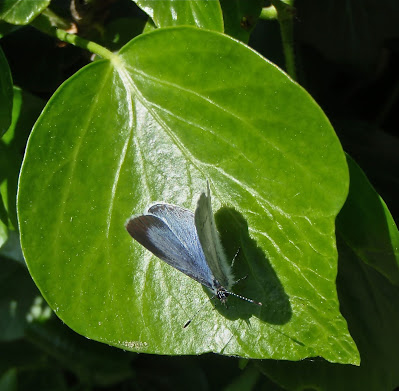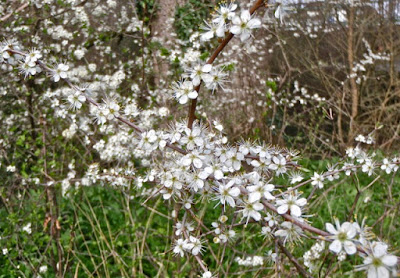January 6th 2021 and another Lockdown. This meant that our January Meet, scheduled for Sunday 31st was postponed, meanwhile the group were permitted by HDC to carry out litter collection whilst out on individual exercise walks - and what a difference this made to the landscape! The weather was cold, with the ENE wind dominating and temperatures down to 3 degrees C.
See Hills Farm Wildlife Conservation for the full survey for 31st January 2021.
Later in the month it became warmer with rain.
Long awaited by wildlife, Ivy berries eventually ripened, attracting numerous bird species:
Often overlooked by humans as dark and unattractive, they are instantly visible to birds once ripe and provide food just as other berries are becoming scarce. The flowers had been attracting butterflies in the autumn, especially Red Admirals but also many other insects which in turn provided food for birds before frosts and snow arrived.
Never underestimate the value of Ivy to wildlife throughout the year.
February 2021 - and the Lockdown continued, with group members busy on exercise walks as before, even in the snow- flurries that arrived during the second week. It felt too cold for snow and the wind just blew away any that had settled. The NE wind gave way to SW winds and warmer weather later in the month, bringing a welcome hint of spring before temperatures fell again,
Our February Meet scheduled for Sunday 28th was again postponed as the restrictions were unchanged.
A sure sign of spring is always the appearance of Lesser Celandine flowers bursting through last years fallen leaves and dry grasses at the first sign of sunlight bringing warmth to the ground:
Lesser Celandine on the river bank 24th February 2021
Our Meet on 28th March 2021 will go ahead according to the first step of the un-lockdown - which commenced on 8th March 2021 please see NEXT MEET.













